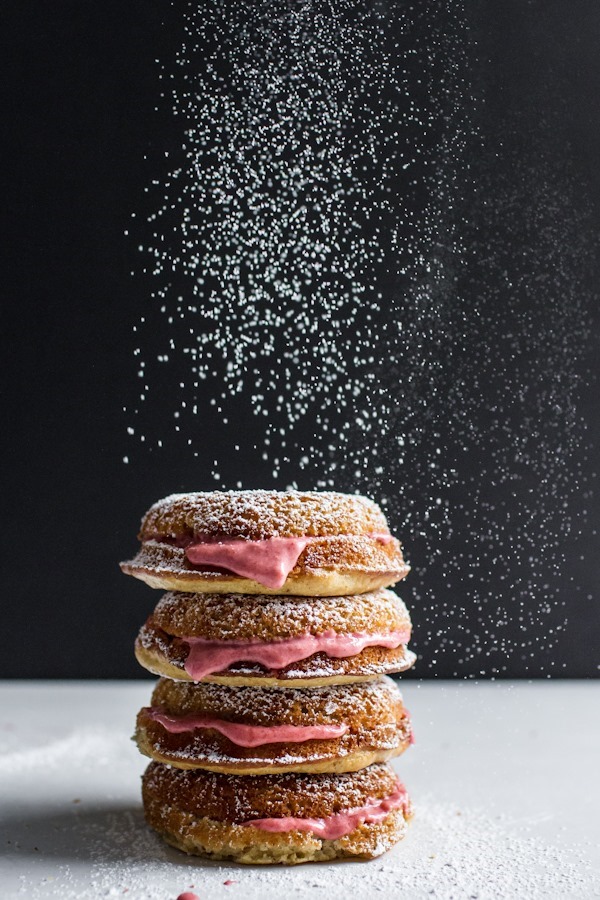Tube Rank: Your Guide to Video Success
Discover tips and insights for optimizing your video presence.
Snap, Savor, Serve: Elevate Your Food Photography Game
Transform your food photos with expert tips! Snap, Savor, Serve and make every dish a masterpiece that dazzles and delights.
Top 10 Tips for Capturing Mouthwatering Food Photos
Capturing mouthwatering food photos is an art that requires a combination of lighting, composition, and styling. Start by ensuring you have the right natural light—morning or late afternoon light works best to create a warm and inviting atmosphere. Avoid using flash, as it can create harsh shadows and unappealing highlights. Instead, position your dish near a window to take advantage of the soft, diffused light. Remember, the key to a great food photo is to highlight the textures and colors of the ingredients, so focus on the details that make the dish look delectable.
Composition is crucial when styling your food for photography. Use the rule of thirds by imagining a grid over your frame; place your dish off-center for a more dynamic shot. Incorporate props such as utensils, napkins, or ingredients that complement the dish, but be careful not to overcrowd the composition. Experiment with different angles; overhead shots are great for flat lays, while a 45-degree angle can give depth to layered dishes. Lastly, always remember to clean the plate and remove any unwanted mess to ensure your mouthwatering food photos shine through!

The Art of Food Styling: Tricks to Make Your Dishes Shine
When it comes to presenting your culinary creations, food styling transforms ordinary dishes into extraordinary visual delights. Start by considering the color palette of your ingredients; vibrant hues can make your dishes pop on camera. Incorporate a variety of textures to create visual interest. For instance, pairing creamy sauces with crisp vegetables not only pleases the eye but also entices the palate. Use natural lighting to enhance the colors and details of your dish. Experiment with different angles, such as shooting from above or at a slight angle, to find the best perspective that showcases your food’s beauty.
One essential trick in the art of food styling is to choose the right dishware. White plates often allow the colors of your food to shine, but don’t be afraid to use textured or colored backgrounds to complement your dish. To add an extra layer of depth, consider incorporating garnishes that highlight the flavors of the dish; herbs, edible flowers, or a sprinkle of spices can elevate the presentation. Finally, remember to keep it simple—excess clutter can distract from the star of the show: your food. By following these tips, you'll create stunning culinary images that are sure to impress your audience.
How Lighting Influences Food Photography: A Beginner's Guide
Lighting is one of the most crucial elements in food photography, directly influencing how dishes are portrayed and their appeal to viewers. Natural light is often preferred for its ability to create a soft, inviting ambiance, enhancing the colors and textures of the food. For beginners, experimenting with different times of the day can reveal how the changing quality of light alters the scene. Morning light, for instance, is softer and cooler, while late afternoon light tends to be warmer and more golden, adding a beautiful glow to your photos.
In addition to using natural light, artificial lighting can also play a significant role in food photography. Employing techniques such as diffusion can help soften harsh shadows, while using reflectors can brighten the darker areas of your composition. A basic rule of thumb for beginners is to avoid overhead lighting, which can cast unflattering shadows. Instead, try to position your light source at an angle to create depth and dimension, making your food look more appetizing. Whether you're using natural or artificial light, understanding its impact can transform your food photography skills.